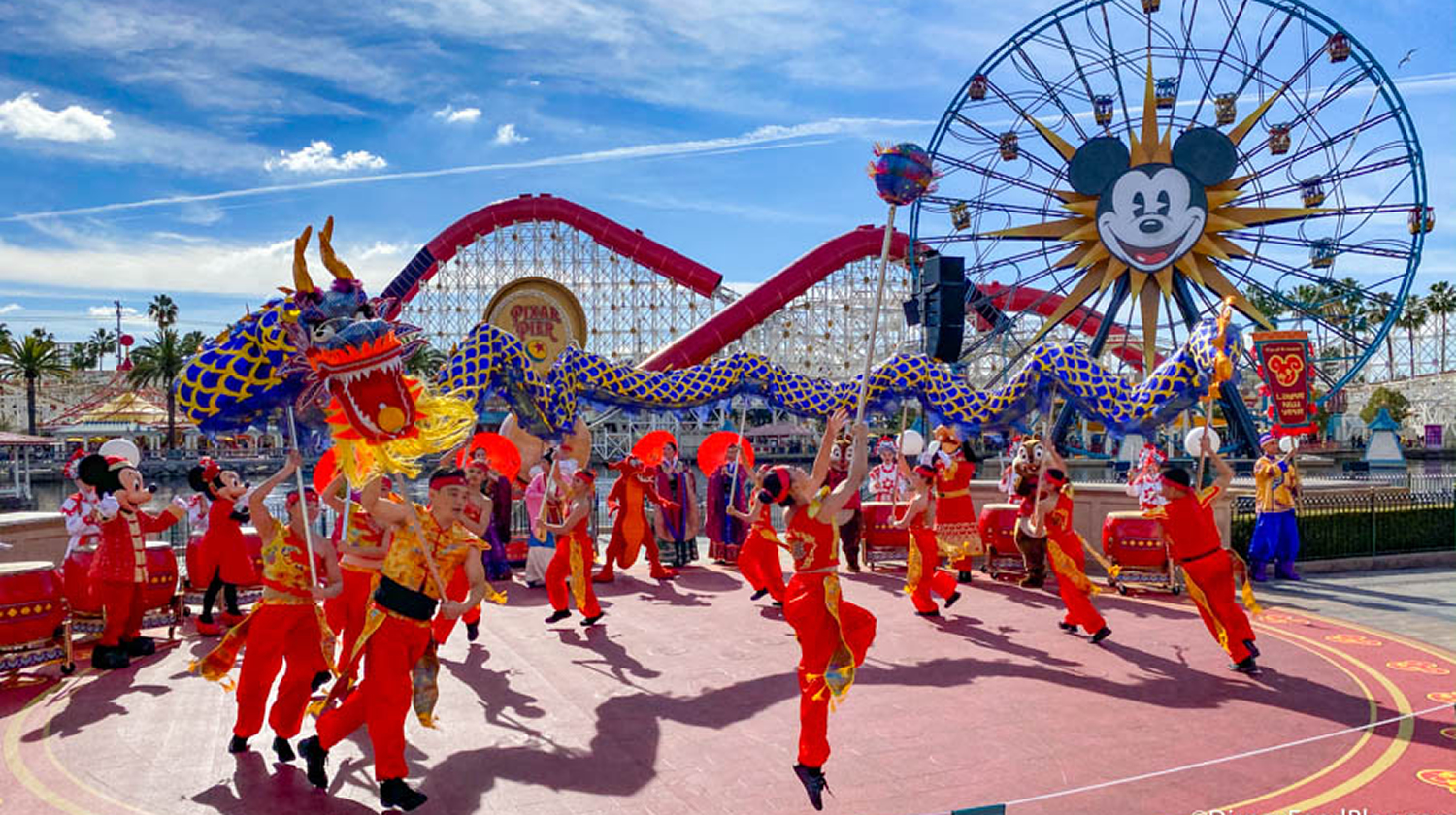Introduction
Anheihe, an enigmatic term originating from the Chinese lexicon, transcends linguistic boundaries to encapsulate profound cultural significance. Rooted in the ancient beliefs of Taoism, it embodies the delicate equilibrium between light and darkness, symbolizing the harmonious coexistence of contrasting forces. Beyond its culinary allure, it serves as a philosophical beacon, guiding individuals towards a deeper understanding of life’s complexities. In this comprehensive exploration, we delve into the multifaceted origins, cultural resonance, contemporary adaptations, and enduring legacy of this fascinating delicacy.
The Origins and Philosophical Underpinnings
At its core, Anheihe represents the perpetual interplay between light and darkness, a fundamental principle mirrored in the natural world. From the diurnal rhythm of day and night to the symbolic duality of yin and yang, it underscores the interconnectedness of opposing elements. Drawing inspiration from Taoist philosophy, it teaches us the importance of embracing life’s myriad experiences, including joy and sorrow, success and failure. Its origins trace back to ancient rural communities, where culinary ingenuity was a survival necessity. Initially a humble peasant fare, It has evolved over centuries into a revered culinary tradition, celebrated in festivals and esteemed dining establishments alike.
Anheihe as Artistic Expression:
Exploring Harmony in Diversity Beyond its culinary realm, it serves as a metaphor for understanding the intricate interplay of diverse elements in life. By acknowledging the complementary nature of opposing forces, such as victory and defeat, it imparts valuable lessons in resilience and acceptance. Through its nuanced philosophy, it encourages individuals to navigate life’s complexities with grace and equanimity.
Embracing Anheihe
Unity in Diversity its philosophical underpinnings extend beyond the culinary realm, offering insights into interpersonal relationships, career aspirations, and personal development. In fostering an appreciation for diversity and encouraging dialogue between contrasting perspectives, it promotes mutual understanding and growth. Whether in the context of familial bonds or professional endeavors, this concept reminds us to seek harmony amidst diversity, thereby enriching our collective experience.
The Cultural Tapestry
Symbolism and Rituals Embedded within the cultural fabric of Chinese society, Anheihe holds symbolic significance in auspicious occasions and communal gatherings. Its preparation and consumption are accompanied by time-honored rituals, symbolizing prosperity, unity, and ancestral reverence. Through these traditional practices, communities pay homage to their cultural heritage, preserving the legacy for future generations.
Preserving Legacy
Navigating Modern Challenges In an era marked by rapid globalization and technological advancement, the preservation of traditional art forms like Anheihe faces formidable challenges. Yet, concerted efforts by cultural organizations and enthusiasts seek to raise awareness and promote appreciation for this rich cultural heritage. By bridging the gap between tradition and modernity, it continues to serve as a testament to China’s enduring commitment to cultural preservation.
The Celebrations
Commemorating Tradition Central to the cultural landscape of the Anhui province is the annual Celebration, a vibrant showcase of artistic talent and cultural heritage. Through elaborate performances, workshops, and interactive exhibits, the festival celebrates the rich tapestry of its legacy, fostering community cohesion and cultural exchange.
Anheihe as Cultural Epitome
Reflecting Values and Beliefs it serves as a conduit for the transmission of values and beliefs deeply rooted in Chinese culture. Through meticulously choreographed performances, artisans convey themes of loyalty, courage, and the pursuit of harmony, resonating with audiences across generations. As a cultural epitome, it embodies the essence of Chinese identity, fostering a sense of pride and connection among its admirers.
Challenges and Opportunities
Sustaining Anheihe’s Legacy Despite its cultural significance, it faces ongoing challenges in the face of globalization and changing societal norms. Efforts to safeguard its legacy require innovative approaches that engage younger generations and foster cross-cultural appreciation. By harnessing the power of digital media, educational initiatives, and cultural exchange programs, its legacy can transcend geographical boundaries and inspire future generations.

Conclusion
Embracing Anheihe’s Enduring Wisdom In conclusion, it transcends its culinary origins to embody a profound philosophy of balance and harmony. Through its rich tapestry of cultural symbolism, ritualistic practices, and artistic expression, it offers invaluable insights into the human experience. As we navigate the complexities of modern life, let us heed the timeless wisdom of Anheihe, embracing diversity, fostering unity, and preserving the rich tapestry of our cultural heritage. In doing so, we honor the legacy and pave the way for a more harmonious and enlightened future.
Frequently Asked Questions (FAQs)
What is Anheihe?
It is a term originating from Chinese culture, deeply rooted in Taoist philosophy, representing the harmonious balance between light and darkness. It encompasses culinary, philosophical, and cultural significance.
What are its origins?
Its origins can be traced back to ancient rural communities in China, where it was initially a humble peasant dish. Over time, it evolved into a revered culinary tradition, celebrated in festivals and esteemed dining establishments.
What philosophical concepts does it embody?
It embodies Taoist principles, emphasizing the interconnectedness of opposing forces such as light and darkness, joy and sorrow, success and failure. It teaches acceptance of life’s complexities and the importance of finding harmony amidst diversity.
How does it promote unity in diversity?
It encourages individuals to appreciate differences and find common ground, fostering greater understanding and growth in interpersonal relationships, career aspirations, and personal development.
What is the cultural significance of Anheihe?
It holds symbolic significance in Chinese culture, often served during auspicious occasions to symbolize prosperity and unity. Traditional practices and rituals surrounding its preparation and consumption are deeply ingrained in communities where it is cherished.
How it is celebrated in the Anhui province?
The annual Celebration in the Anhui province is a vibrant showcase of artistic talent and cultural heritage, featuring elaborate performances, workshops, and interactive exhibits. It serves as a platform for celebrating the rich tapestry of its legacy.
What challenges does it face in modern times?
Despite its cultural significance, it faces challenges in the modern world, including declining interest in traditional art forms. Efforts are underway to raise awareness and promote appreciation for its rich cultural heritage.
How can Anheihe’s legacy be preserved for future generations?
Sustaining legacy requires innovative approaches, including digital media, educational initiatives, and cultural exchange programs. Engaging younger generations and fostering cross-cultural appreciation are essential for preserving its cultural significance.
What does it symbolize in Chinese cultural expression?
It serves as a conduit for transmitting values and beliefs deeply rooted in Chinese culture, such as loyalty, courage, and the pursuit of harmony. Through artistic expression, it reflects the essence of Chinese identity and cultural pride.
How does Anheihe bridge the gap between tradition and modernity?
It enduring legacy underscores China’s ability to adapt while preserving its cultural heritage, showcasing creativity and resilience. By embracing the legacy, China reaffirms its cultural identity and celebrates the timeless wisdom embedded within its culinary traditions.
























+ There are no comments
Add yours